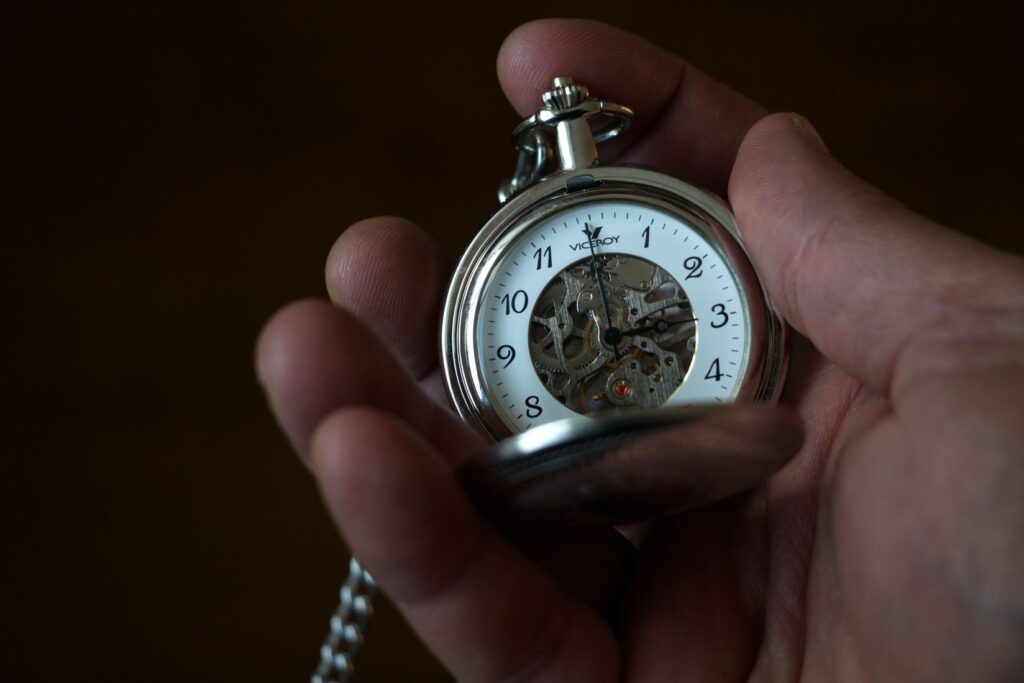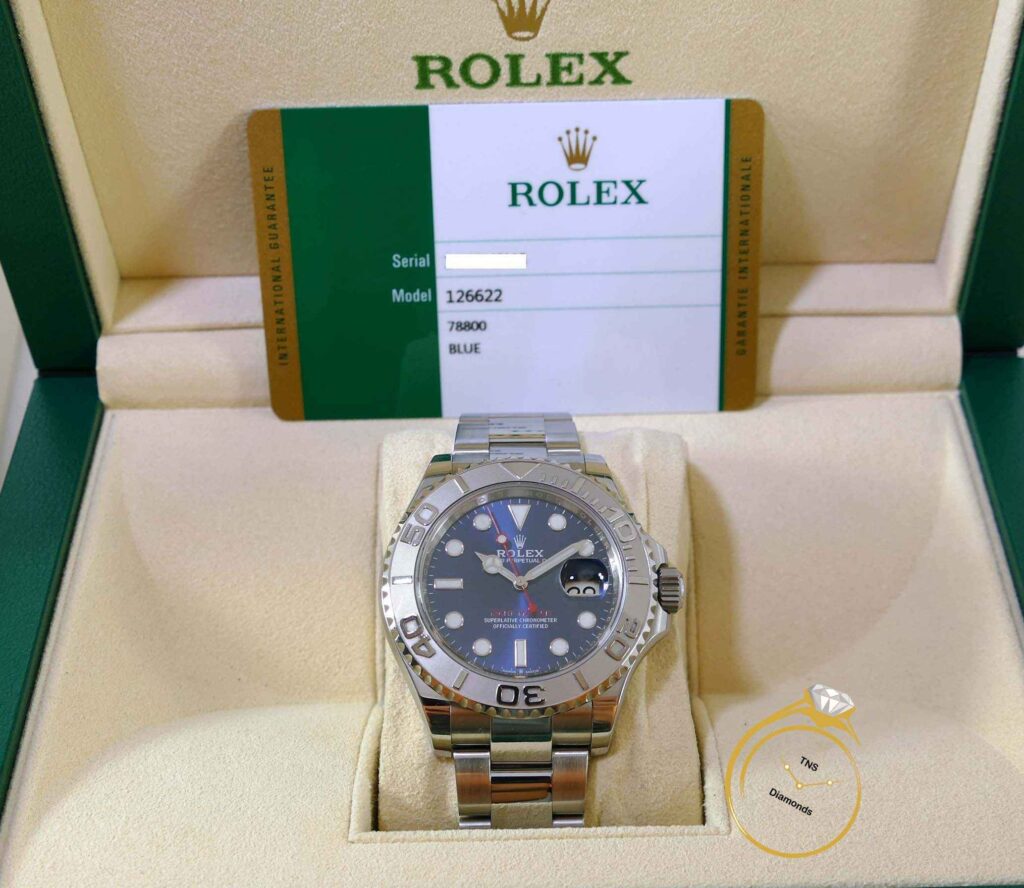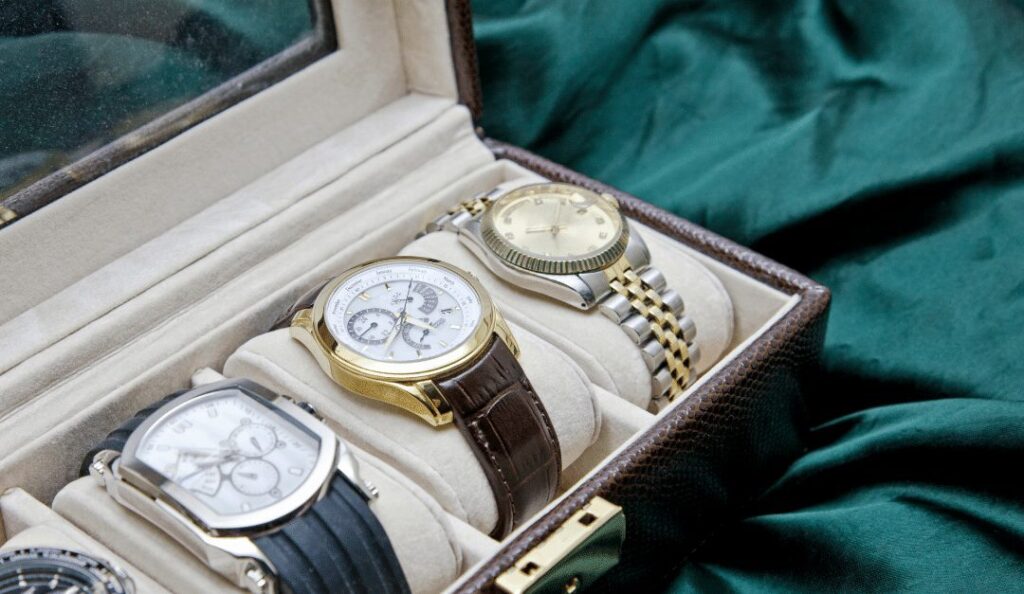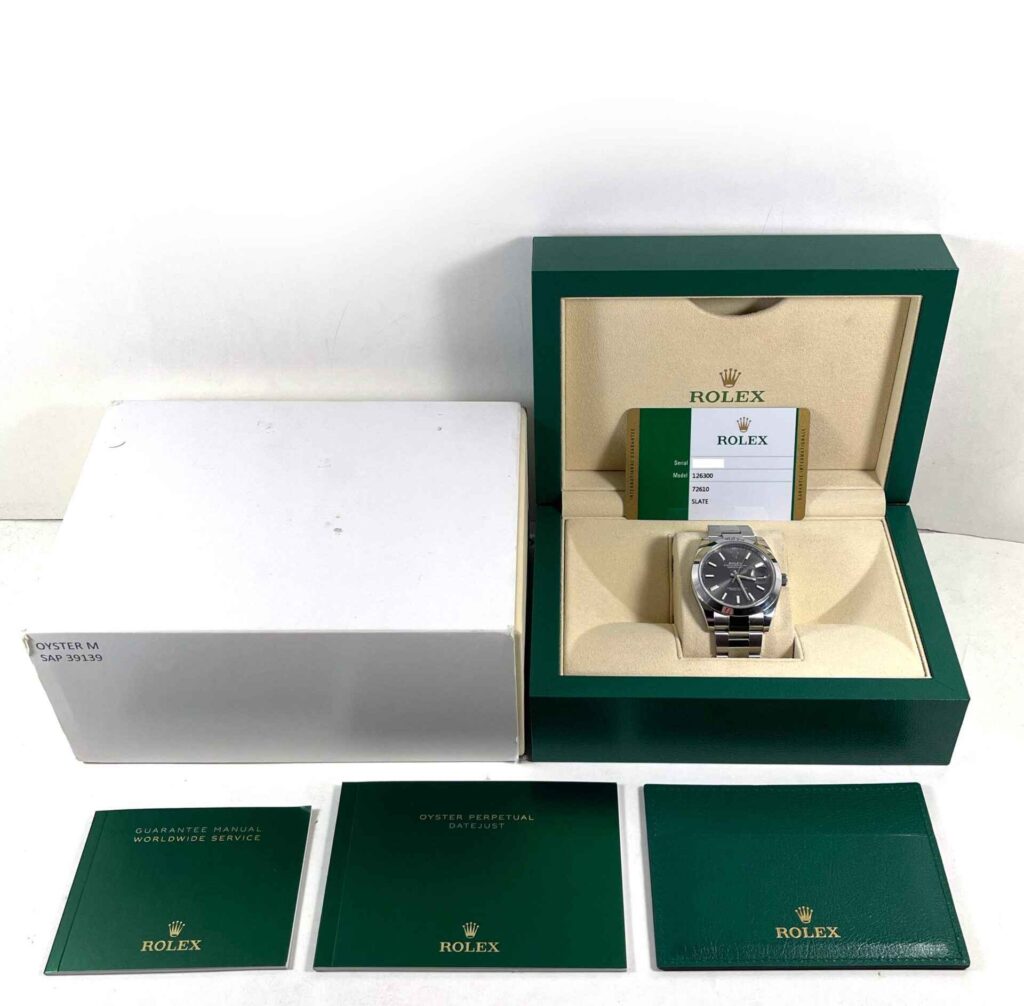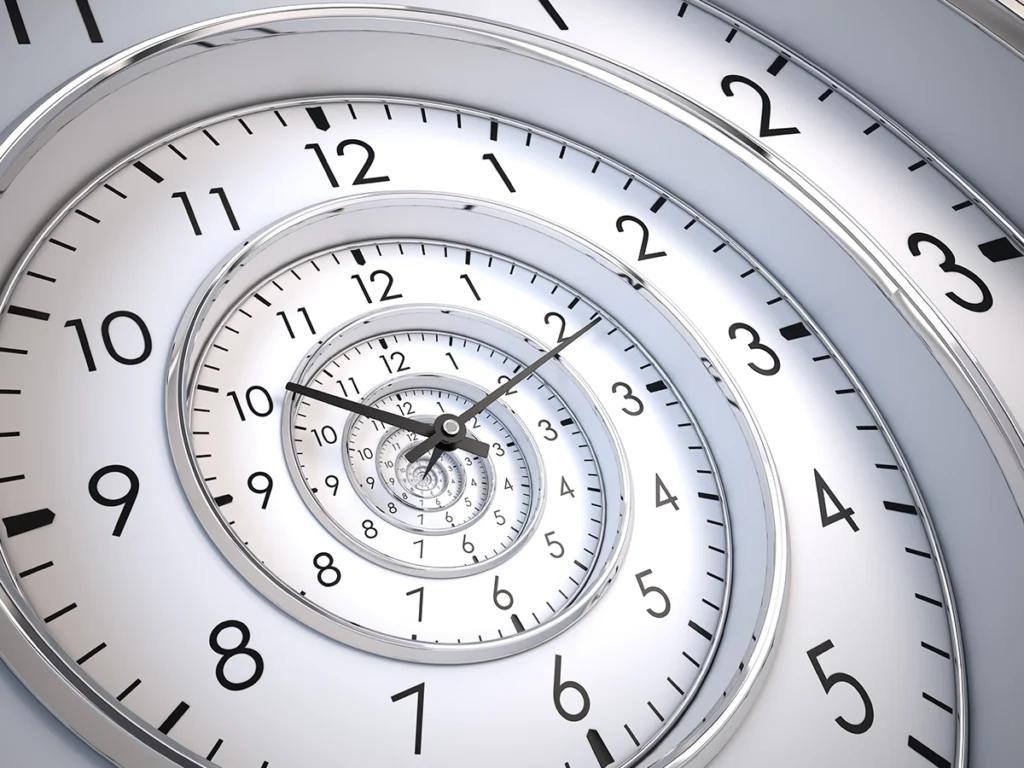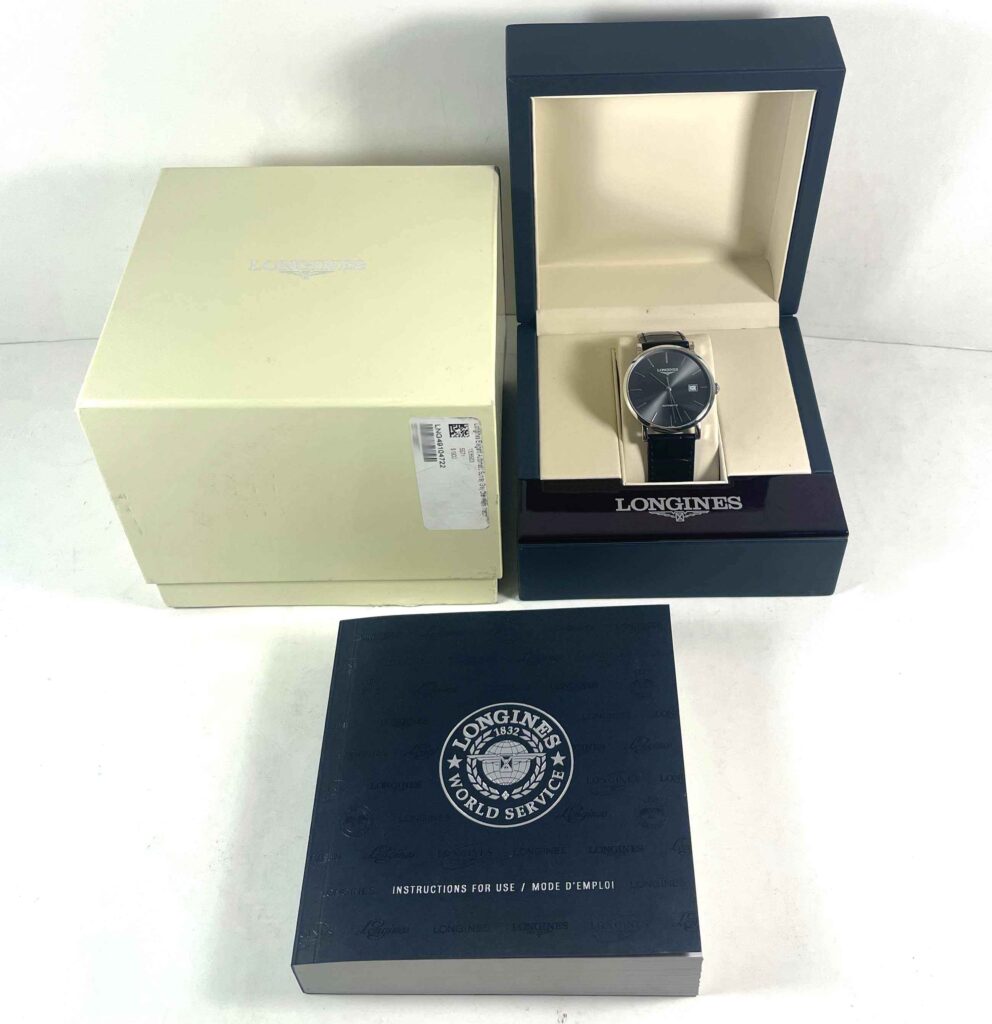The allure of diamonds has captivated humanity for centuries, representing luxury, sophistication, and wealth. When these precious gems are integrated into the world of horology, the result is truly mesmerizing – diamond watches. In this article, we delve into the rich history of diamond watches, tracing their origins, exploring their pivotal moments, and emphasizing their […]
AUTHENTICITY GUARANTEED - at tns diamonds
Text Us - (215) 922-1501
Family owned - We care for our customers




